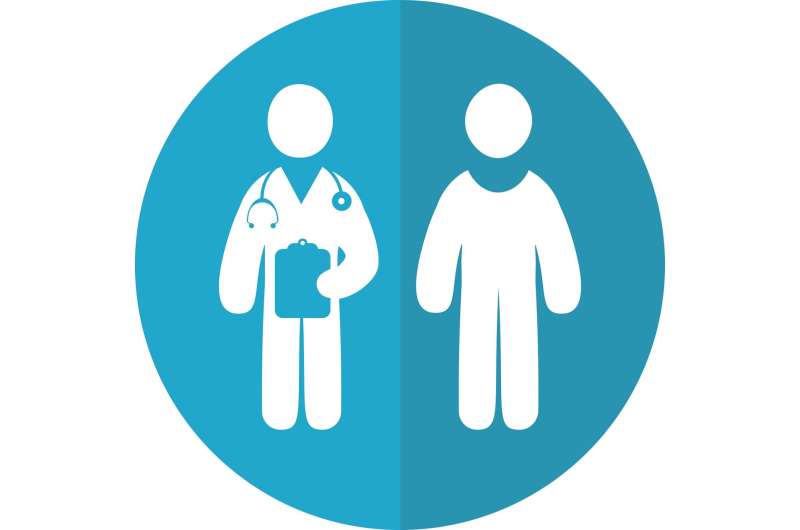Rise in Young Japanese Patients with Anorexia Nervosa Post-COVID-19

The COVID-19 pandemic has led to a notable increase in anorexia nervosa cases among young people in Japan, reversing previous declining trends. This rise highlights the need for targeted mental health interventions during societal crises.
A recent comprehensive study has highlighted a significant increase in the number of young individuals diagnosed with anorexia nervosa (ICD-10: F50.0) in Japan following the COVID-19 pandemic. Researchers analyzed large-scale clinical data and discovered that while the incidence of anorexia nervosa among youth was gradually decreasing prior to the pandemic, this trend reversed after the onset of COVID-19. The study, published in the journal Medicina on March 3, 2025, was led by Professor Takahiro Nemoto from Toho University’s Department of Psychiatry and Neuroscience.
The findings indicated a notable surge in cases among younger age groups, with an especially marked rise among males. This pattern aligns with observations from Western countries, where lifestyle changes driven by the pandemic have been linked to increases in eating disorders among young populations. The research also suggests that psychological factors and social relationships may serve as critical risk factors, emphasizing the need for tailored interventions to address these issues during public health crises.
The public health impact of these findings underscores the importance of implementing targeted support systems and preventive measures to mitigate the mental health effects of major societal disruptions like the COVID-19 pandemic. Understanding these trends is crucial for developing strategies to prevent the onset of anorexia nervosa and its social consequences among vulnerable youth in Japan and across Asia.
For more detailed information, see the original study by Yoshifumi Fukuya et al., published in Medicina: [DOI: 10.3390/medicina61030445].
Stay Updated with Mia's Feed
Get the latest health & wellness insights delivered straight to your inbox.
Related Articles
Gut Microbiota's Role in Detecting and Combating Pancreatic Cancer
Emerging research shows that gut microbiota profiling can aid early detection and treatment of pancreatic cancer, offering hope for improved diagnostics and targeted therapies.
Nivolumab Preserves Quality of Life and Reduces Symptom Progression in Resectable NSCLC, Study Finds
A groundbreaking Phase III trial reveals that nivolumab maintains quality of life and reduces symptom worsening in patients with resectable non-small cell lung cancer, including those with advanced Stage III N2 disease.



